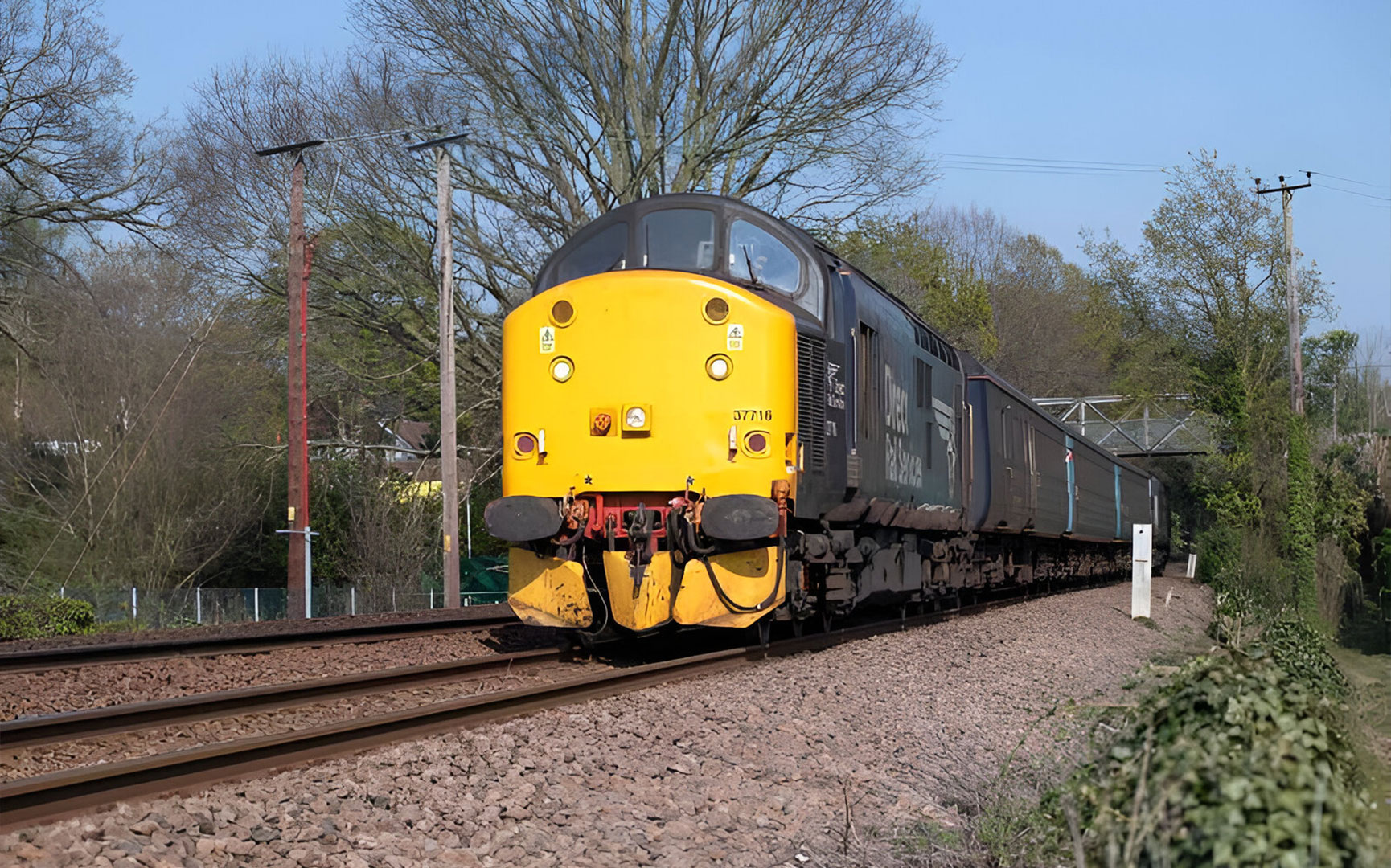
train-detectionUnited Kingdom of Great Britain and Northern Ireland
Wherry Lines | UK
The Wherry Lines are railway branch lines in East Anglia in the East of England, linking Norwich – Great Yarmouth – Lowestoft. The project aimed to integrate Frauscher Advanced Counter FAdC® into two external systems to mitigate against a train passing a red signal without authority on approach to level crossings. Both systems were required to be a SIL 1 level and have the ability to communicate with an ElectrologIXS Interlocking.
For the Wherry Line project, two systems were implemented to mitigate against a train passing a red signal without authority on approach to level crossings. The first system being a method of predicting the likelihood of a train passing a signal based on its speed, the second being a Fast Acting SPAD Trigger (FAST) in the event that a train does traverse past a signal showing a red aspect.
The customer preferred to use the Frauscher equipment that was already installed on site for another project, consisting of the Frauscher Advanced Counter FAdC® and Wheel Sensor RSR123. This decision was made in favour of reducing lineside equipment while also reducing maintenance costs for the future.
As no data of previous speed measurement accuracy was available, Frauscher facilitated and undertook tests to determine the accuracy of the speed measurement at the speeds requested by the customer. Additionally, a formal SIL assessment was successfully undertaken by Atkins to achieve the required SIL 1 level for the system.
Lower maintenance costs
By using existing trackside equipment, no further installations were needed which reduces the required effort and costs for future maintenance.
Easy integration
The FAdC® proved its flexibility and versatility as an optimal solution for this project: It offers the ability to communicate with the customer’s protocol and can be easily integrated into existing systems.
This might also interest you

train-detectionChina
Fenghuang Maglev | China

train-detectionGermany
Dillinger Hütte | Germany

train-detectionChina
Beijing Metro Line 12 | China

train-detectionDenmark
Renewal signalling FAdC® and RSR123 | Denmark
